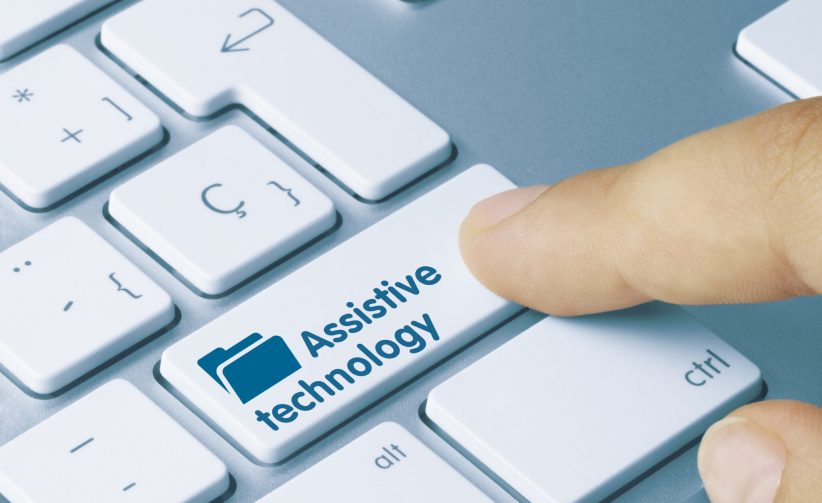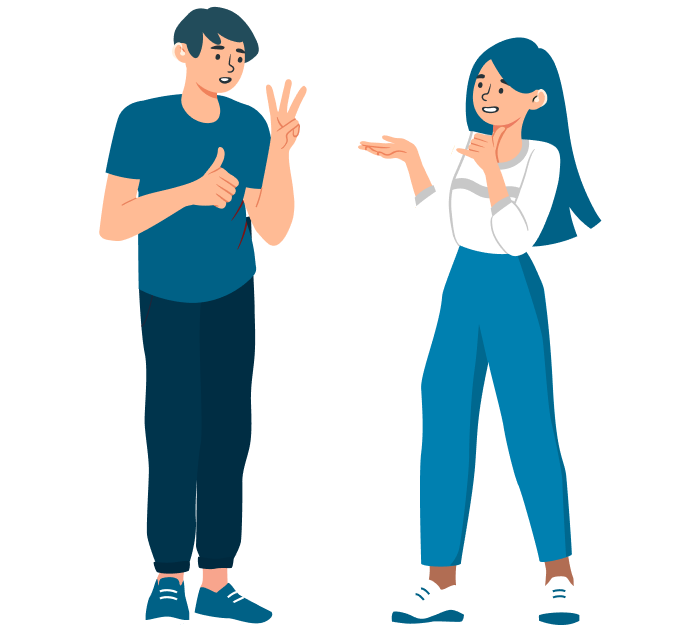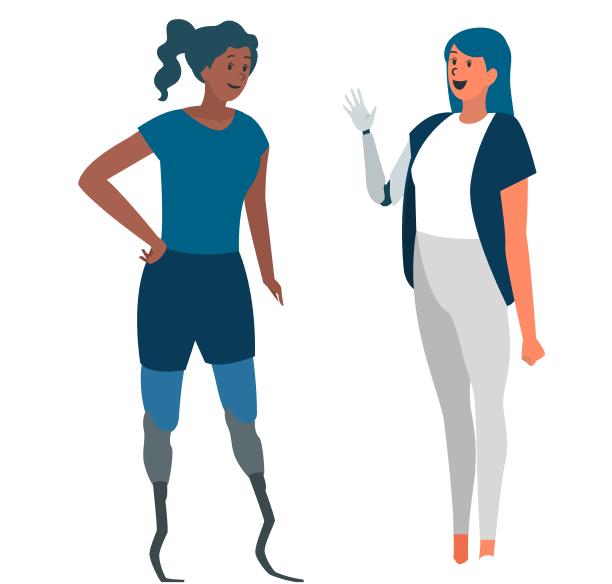How We Do It

How We Do It
Most of our work involves auditing websites through manual testing. We also test mobile apps, web systems, online tools and documents. Although the steps we use for each medium may vary, the overall approach is the same – manual testing with assistive technology (AT).
These devices all operate on universal standards so if a page is accessible for one device it is most often accessible for all AT devices. We most often test using one or both of the most popular screen readers (JAWS, NVDA). We also test in multiple device and browser combinations, including mobile testing with iPhone and Android.
These devices all operate on universal standards so if a page is accessible for one device it is most often accessible for all AT devices. We most often test using one or both of the most popular screen readers (JAWS, NVDA). We also test in multiple device and browser combinations, including mobile testing with iPhone and Android.
Evaluation Methodology
We perform compliance audits using the evaluation methodology recommended by the World Wide Web Consortium (W3C), industry best practices and our learned experience. We navigate websites, apps and documents using Assistive Technology and identify areas that do not meet the Web Content Accessibility Guidelines (WCAG).
Our testers provide detailed notes in their reports so that the remediation process is more efficient. These notes include helpful tips on fixing violations, screencasts on the violation in question, links back to the WCAG success criteria and an explanation of why the violation is an issue for the AT user.
Our testers provide detailed notes in their reports so that the remediation process is more efficient. These notes include helpful tips on fixing violations, screencasts on the violation in question, links back to the WCAG success criteria and an explanation of why the violation is an issue for the AT user.

The WCAG
The WCAG have been around as long as the Web itself. These standards make it possible for third party devices and user agents to navigate the HTML upon which the Web is built. This includes labels and alternative descriptions for non visual users, clear navigation mechanisms, context and orientation and appropriate markup.
These standards are constantly being improved upon by the World Wide Web Consortium. The current standard is WCAG 2.2 AA and we work toward this conformance unless otherwise directed.


Assistive Technology
Accessibility is about the ability of assistive technologies to navigate a website, app or document. Most often, this involves the use of a screen reader. There are many types of screen readers, but the most commonly used are JAWS and NVDA. But there are other assistive technologies being used and it’s important to understand them to obtain a clear picture of what accessibility really means.
The simplest way to understand it is to imagine navigating a website with a keyboard. The ability to not rely on a mouse or track pad is the core of accessibility in action. Other tools used by people with disabilities include contrast adjusters and screen magnifiers, as well as braille readers and “sip and puff” straws.
When we perform our testing we utilize several assistive technologies as well as device and browser combinations. The latest iteration of the WCAG standards focused in a large part on mobile users. As phones become more prevalent, it is critical we ensure navigation through them is possible for people with disabilities. Our assessments cover all of these user scenarios to ensure true accessibility is achieved.
The simplest way to understand it is to imagine navigating a website with a keyboard. The ability to not rely on a mouse or track pad is the core of accessibility in action. Other tools used by people with disabilities include contrast adjusters and screen magnifiers, as well as braille readers and “sip and puff” straws.
When we perform our testing we utilize several assistive technologies as well as device and browser combinations. The latest iteration of the WCAG standards focused in a large part on mobile users. As phones become more prevalent, it is critical we ensure navigation through them is possible for people with disabilities. Our assessments cover all of these user scenarios to ensure true accessibility is achieved.